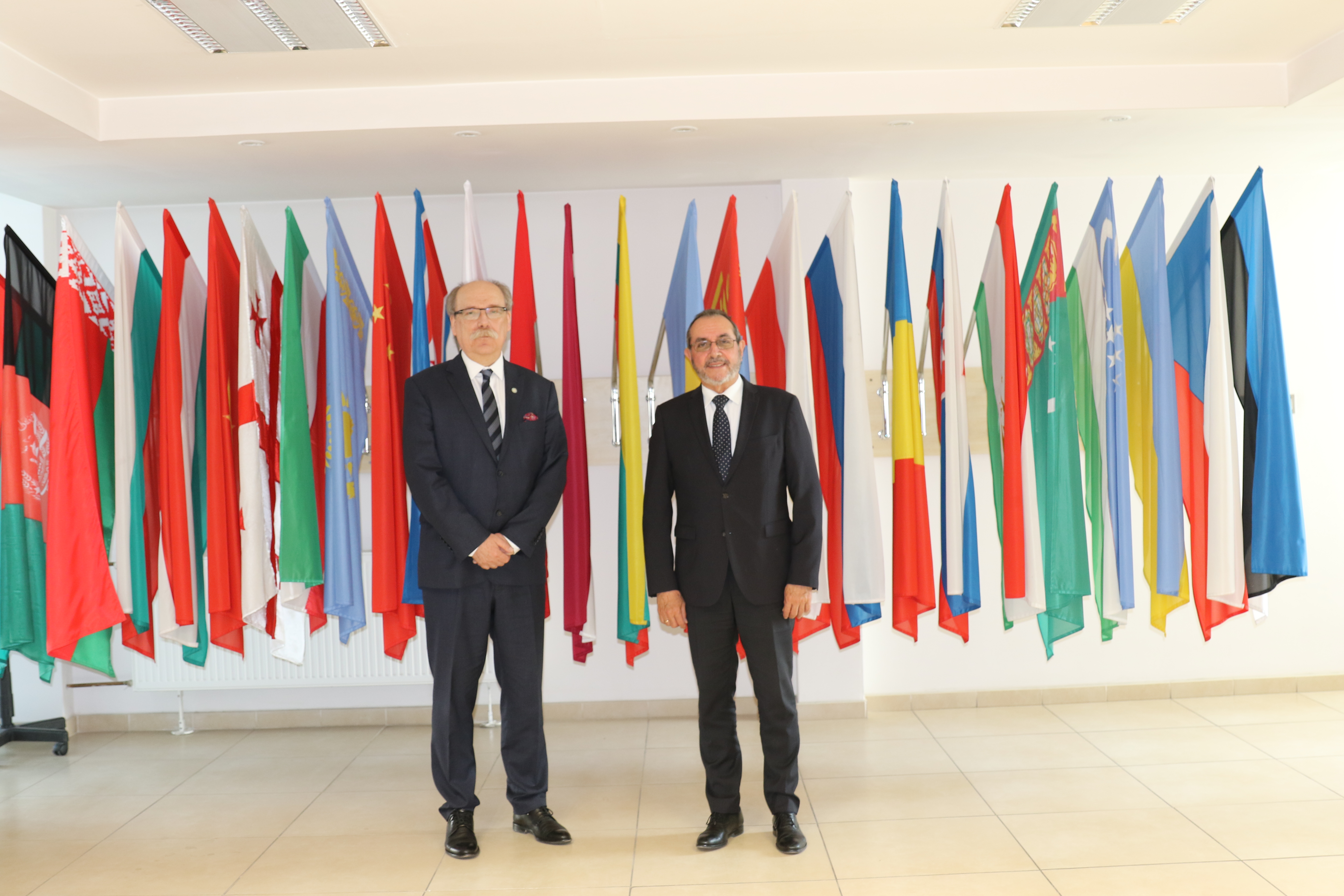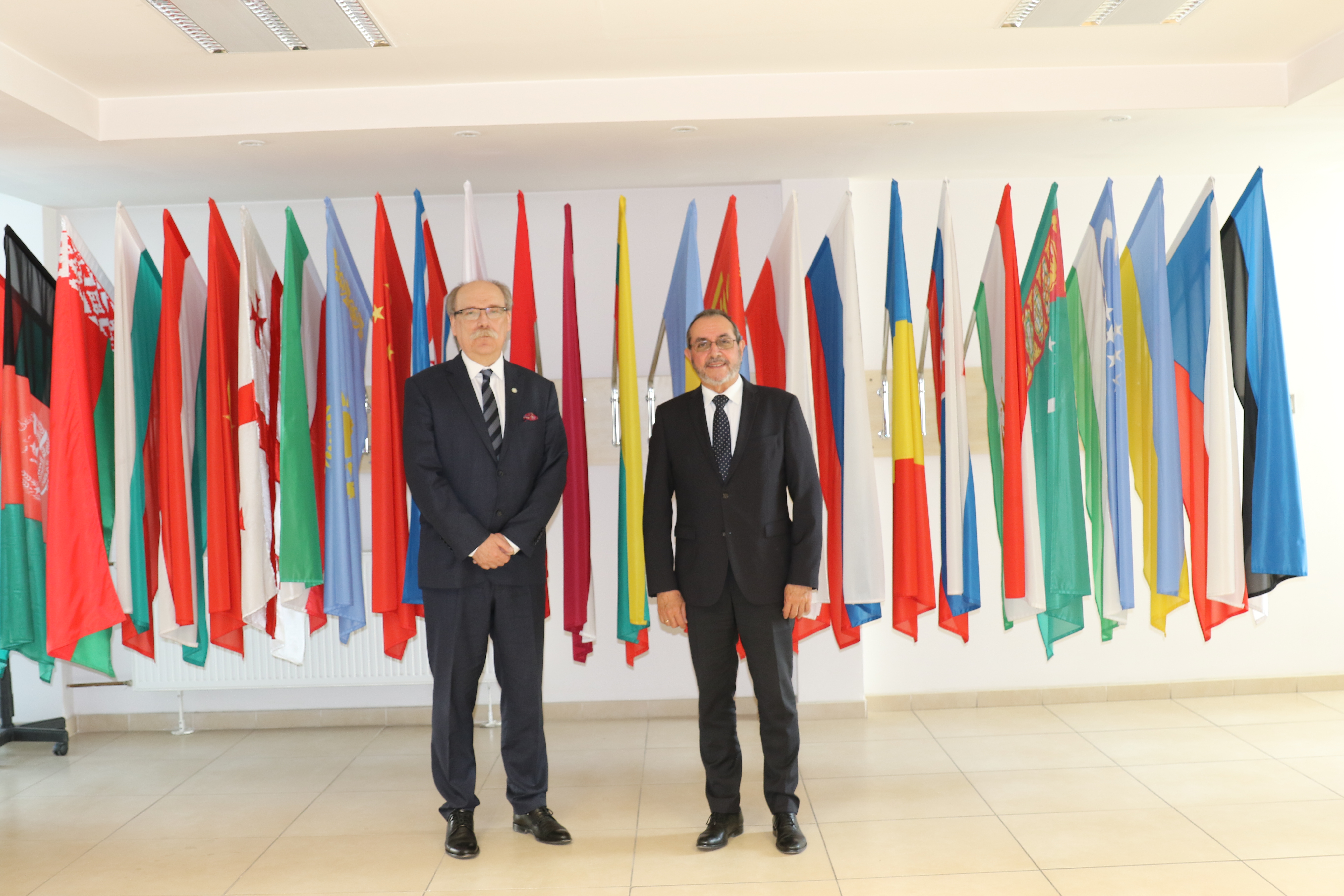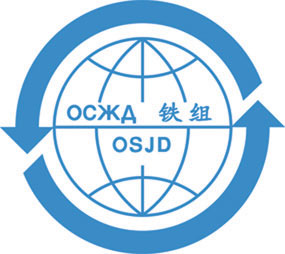Working meeting of the OSJD Committee Chairman and Ambassador Extraordinary and Plenipotentiary of the Republic of Cuba to the Republic of Poland (press-release)



The Republic of Cuba is a member of OSJD and has taken an active part in the work of the Organisation since October 1966. However, due to tougher sanctions, changes in the geopolitical situation and, as a consequence, disruption of economic ties, the country’s participation in OSJD activities has been significantly hampered in recent decades. Nevertheless, in recent years, Cuba’s cooperation in the field of railway trans- port has intensified with such OSJD members as Iran, China and Russia, which has created preconditions both for modernisation and development of railways in the country, and for the intensification of international cooperation.
In this regard, in order to discuss the issues of expanding cooperation within the OSJD framework, a working meeting was held on 8 June 2021 of Mirosław Antonowicz, Chairman of the OSJD Committee, and His Excellency Ambassador Extraordinary and Plenipotentiary of the Republic of Cuba to the Republic of Poland Jorge Martí Martinez.
During the meeting, both sides exchanged their views on the need to intensify and expand cooperation within the OSJD framework, which will facilitate a more active exchange of experience, improve the quality of railway transportation and, ultimately, the development of railway transport in the Republic of Cuba and its integration into the global railway network.
Historical background
(according to Ferrocarriles de Cuba)
The construction of the first railroad in Cuba began in the first half of the XIX century. On 19 November 1837, the first section of the railway with a total length of 27.5 km was put into operation. Later, from 19 November 1839, the second railway line began to operate: Havana – Güines with a total length of 17 km. In December 1843, the stations of San Felipe and Batabanó were added to the railway network, in 1844 – the station of San Antonio de los Baños.
In subsequent years, new sections were added: 17 km in 1847, another 21 km in 1848 and then another 21 km in 1849 (totally about 100 km of railways were built during 15 years).
As of 1950, the total length of the Cuban railways was 5 thousand km. After the victory of the Cuban Revolution (1 January 1959), Cuban railways were nationalised.
On June 30 1961, the Railway Administration (la Empresa Consolidada de Ferrocarriles Nacionales) was established, and in 1966, Cuba became a member of the Organisation for the Co-operation between Railways.
In December 1977, the fast-speed section of the Havana-Santa Clara railway line with a length of 281 km was put into operation. In 1978, another 115 km of fast-speed railway was built (as a result, by the end of 1978, the total length of fast-speed railways in Cuba had amounted to 468 km).
In 1988, the total length of Cuban railways amounted to 12.5 thousand km (of which 7.7 thousand km were under the jurisdiction of the Ministry of the Sugar Industry). In 1995, public railways had a length of 5219 km with a gauge of 1435 mm, including 199 km of electrified roads (DC 3000 V), and railway lines with a length of 7742 km with a gauge of 1435, 914 and 760 mm were intended for seasonal transportation of sugar cane.
In 2006, the government of the Republic of Cuba decided to procure 112 Chinese locomotives (DF7G-C series produced by CRRC), which were delivered until 2010, and in 2007 – 550 freight wagons and 200 passenger coaches in Iran, the delivery of which was completed by 2009.
In November 2010, the reconstruction of the southern railway line from Havana to the province of Matanzas was opened. The work, which resulted in the repair of 110 km of tracks, was completed on 6 June 2011.
In November 2012, Cuba entered into an agreement on the procurement of freight railway rolling stock, open-type passenger coaches, accessories to equip railway maintenance depots, 9570 tons of rails and their fasteners from Russia.
In 2016, a contract was signed with the Russian manufacturer – Sinara Transport Machines JSC for the supply of 60 TGM8km diesel locomotives and fifteen TGM4km diesel locomotives with their delivery in small batches by the end of 2021.
In 2013, self-propelled multiple units (interurbans) with the SV-10 self-propelled units and the VS-5 non-self-propelled units produced by Muromteplovoz in the amount of 68 trains were delivered to Cuba, which are in regular operation in suburban traffic.
Currently, 240 passenger coaches of several types built by the Chinese company CRRC Tangshan are being delivered from China to Cuba. In particular, the batch includes 20 power station coaches with luggage compartments, 70 first-class air-conditioned coaches with 72 passenger seats each, 26 coaches with an onboard bistro for 56 seats, 130 second-class coaches for 72 passenger seats. The coaches are designed for a maximum speed of 120 km/h.
In 2017, a contract was signed for the supply to Cuba of 28 RA-2 four-unit diesel EMUs manufactured by TMH (Russia) for the transportation of passengers on non-electrified railway lines, and in 2019 – for the supply of 23 LDE-2500 diesel locomotives manufactured by the “UK Bryansk Machine-Building Plant” JSC (part of TMH).
Meanwhile, a contract was signed in 2019 with the Russian Railways (RZD International LLC) for the implementation of a project to restore and modernise the railway infrastructure, which provides for:
- reconstruction of the main railway lines with a total length of 1078 km and 357 artificial structures;
- fitting the stations, hauls and crossings with signalling, interlocking and communications facilities, modernisation of the existing signalling and interlocking systems on the Central Line (Havana – Santiago de Cuba);
- creation of the Unified Dispatching Center for traffic control; - supply of construction and track machinery, materials and equipment;
- elaboration of the General Plan for the development of the railway network of the Republic of Cuba;
- education and training of railway specialists in the Russian educational institutions.
As a result of the implementation of the entire range of works, it is planned to increase the train speed to 120 km/h on certain sections, as well as to raise the volume of freight traffic by 1.7 times and the passenger traffic – by 3 times.
As of the beginning of 2019, more than 500 locomotives, 13,000 freight wagons and 230 passenger coaches were in operation on the island’s railways.
